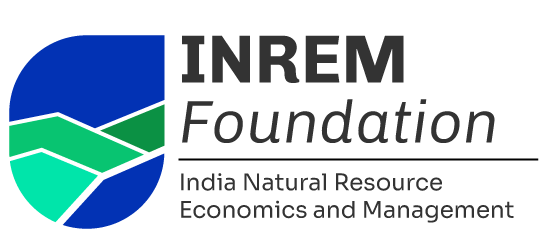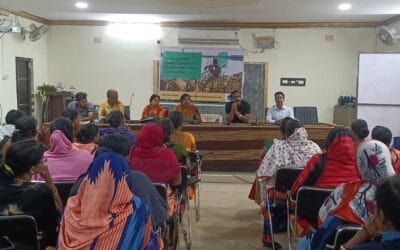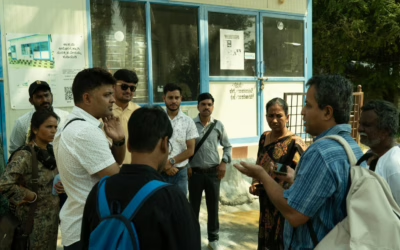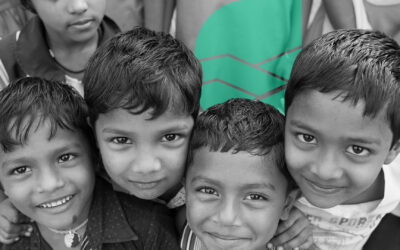INREM’s district platform model links community water testing with government planning and resources. Quick wins (safe-pump sharing, household...
Blogs
Changemaking Networks: How INREM Builds Distributed Action for Water-Safe Communities
INREM’s network approach turns local action into lasting systems change. From community registries to Jal Exchanges and badge-based recognition, this brochure shows how trust, simple data, and distributed leadership create scalable solutions for water safety across India. Read the brochure to learn how changemaking networks amplify local power and spread practical solutions.
Securing Safe water in Fluoride affected village of Jhabua, Madhya Pradesh
In the fluoride-affected village of Ghosaliya Bada, Jhabua, access to safe drinking water has been a challenge—until now. Thanks to the Jal Jeevan...
Fluorosis Mitigation in Jhabua
The first cases of endemic skeletal fluorosis, including its neurological manifestations, were documented in 1937 in Podili, Darsi, and Kanigiri areas of Prakasam district. Studies by Pandit and colleagues in 1940 revealed that fluoride levels in the affected water rarely exceeded 6 ppm. Despite World Health Organization guidelines, severe skeletal fluorosis occurred in these areas, attributed to factors such as tropical weather forcing increased water consumption, higher fluoride intake among farm laborers, and poor nutrition exacerbating fluoride toxicity. Studies in China and India confirmed the role of nutrition in fluorosis. Calcium deficiency, low magnesium, and inadequate vitamin C were identified as contributing factors, emphasizing the need for a holistic approach to combat fluorosis.




